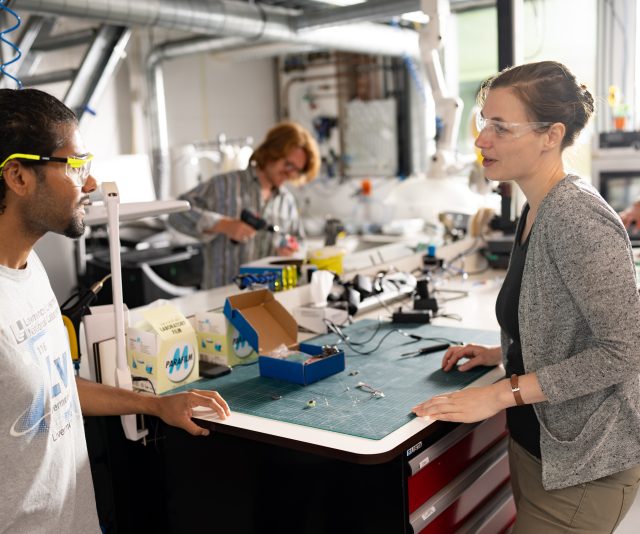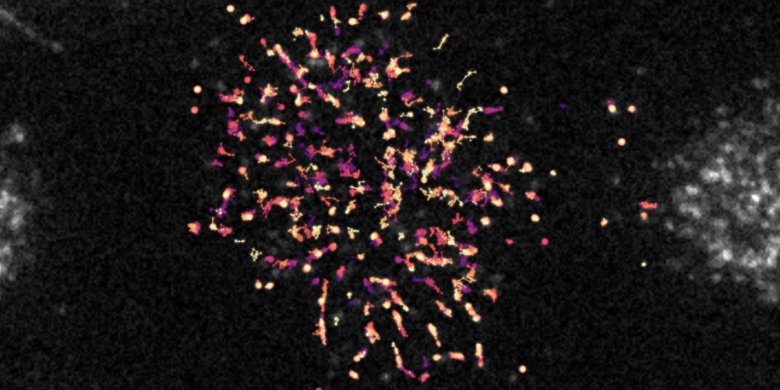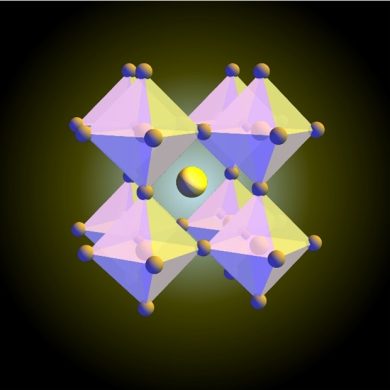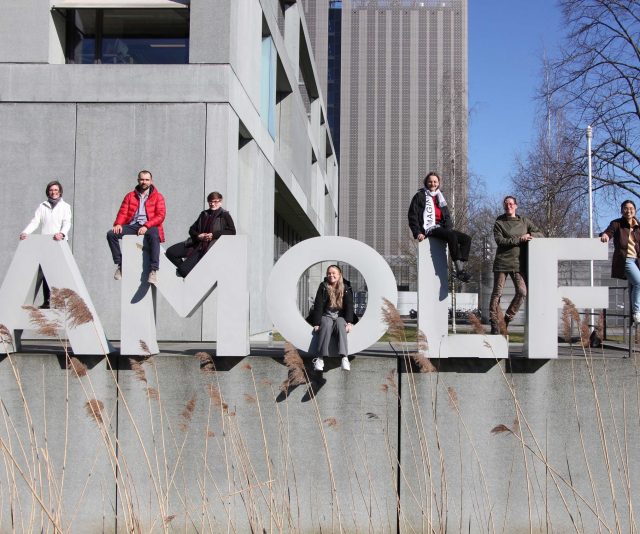

Research fields
The research program of AMOLF comprises the following three strongly connected research themes: LMPV-Sustainable Energy Materials, Information in Matter, and Autonomous Matter.

Our Latest Publications
AMOLF researchers are leading the way in groundbreaking scientific discovery. From nanophotonics to biophysics, our work is shaping the future of science. Stay updated with our latest publications and explore how our research is pushing boundaries and creating innovative solutions in various fields.

AMOLF Institutional Repository
Discover the full breadth of AMOLF’s scientific output in our Institutional Repository. This archive contains peer-reviewed publications, theses, and datasets authored by AMOLF researchers. Search, browse, and explore groundbreaking work in nanophotonics, biophysics, designer matter, and more.

Working at AMOLF
AMOLF offers young researchers an excellent start, working on groundbreaking research with real societal impact. As a multidisciplinary institute, we foster close-knit collaboration and inspiring contacts. We regularly have vacancies for postdocs, PhDs, technicians, support staff, and scientific internships.





